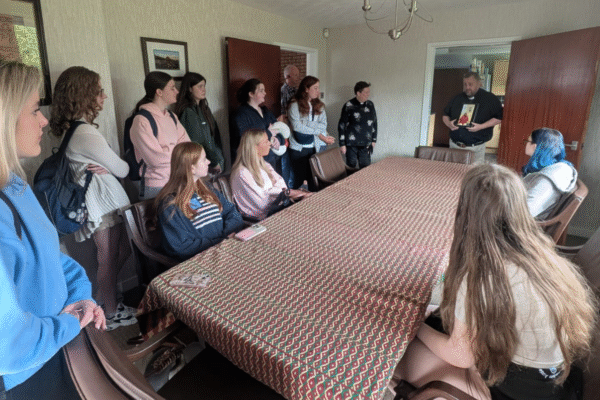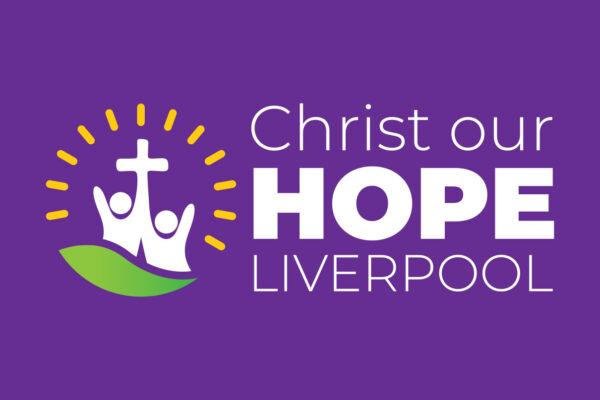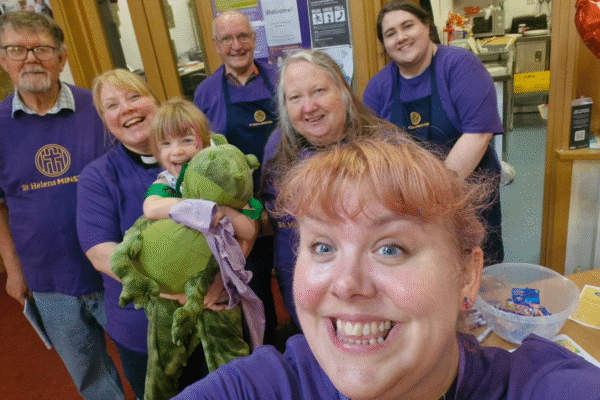On Friday, the pilgrims followed the Richmond Slave Trail – walking the same route enslaved Africans were forced to take after being ‘unloaded’ from ships. Shackled and marched along the James River into Richmond, many were then sold into slavery. By the river, we paused to honour the memory of those who endured the horrors of enslavement, as well as the Indigenous peoples who were displaced and massacred.
A powerful moment of reflection came as our guide read an extract from Frederick Douglass’s famous speech, What to the Slave is the Fourth of July? It served as a stark reminder that the freedoms celebrated in American independence were not extended to all historically.
On Saturday morning, the group visited Montpelier, the lifelong home of James Madison, 4th President of the United States, and a slave owner. Thought-provoking conversations with the site’s guides helped bring to life the contradictions at the heart of the nation’s founding and the ideas of historic Commanders in Chief of the United States.
Later, we travelled to St Paul’s Church, Charlottesville, where we shared lunch before being welcomed by Jessica Harris from the Descendants of Enslaved Communities at the University of Virginia (DEC UVA). She led us to a memorial honouring the enslaved people who built the university. The memorial’s design was especially moving – its 4,000 marks etched into the walls represent whiplashes, a haunting yet ever memorable tribute to their suffering.
Returning to Roslyn, we were honoured to meet Bishop Gayle Harris, Assistant Bishop of Virginia, and share in meaningful conversation.
The day ended with a quiet service of Compline led by the Liverpool team.
On Sunday, our pilgrims led worship in the Bishop’s Chapel at Roslyn. They selected the hymns, read scripture, and wrote heartfelt prayers for the service. Pilgrims from both Virginia and Liverpool contributed musically, offering songs and piano music that accompanied the Eucharist. It was a deeply moving act of shared faith and fellowship.
As the service concluded, we said our goodbyes and gave thanks to our brothers and sisters in Virginia for their warmth and hospitality.
Before heading to the airport, the Liverpool group – joined by a few others from the area, visited the Reconciliation Statue in Richmond. Part of an international installation by Liverpool artist Stephen Broadbent, similar statues also stand in Liverpool and Benin, West Africa, acknowledging our shared history and the ongoing journey toward reconciliation.



